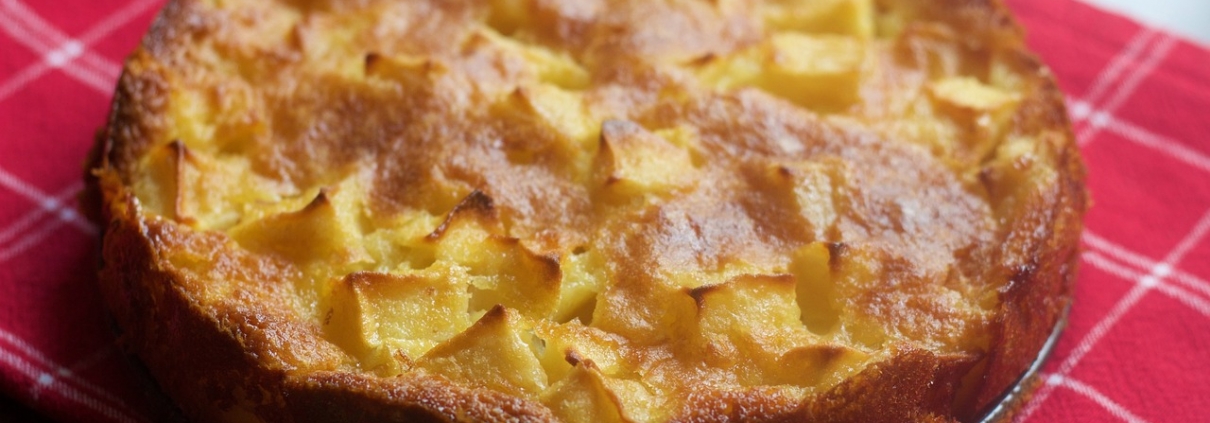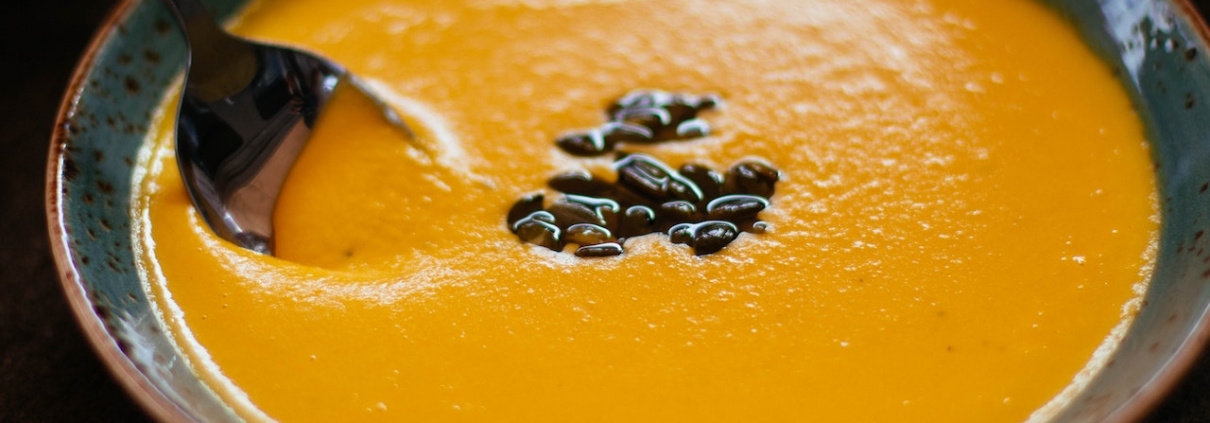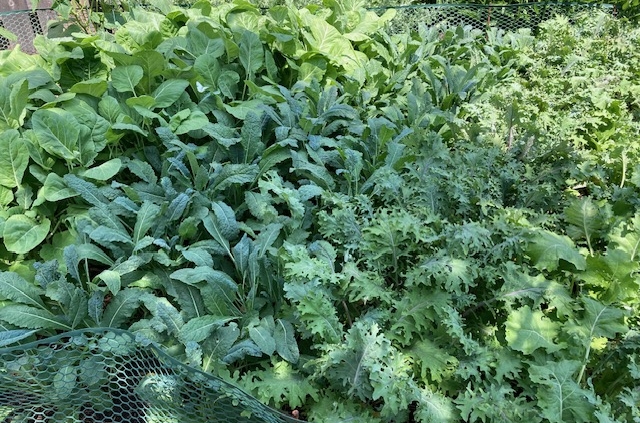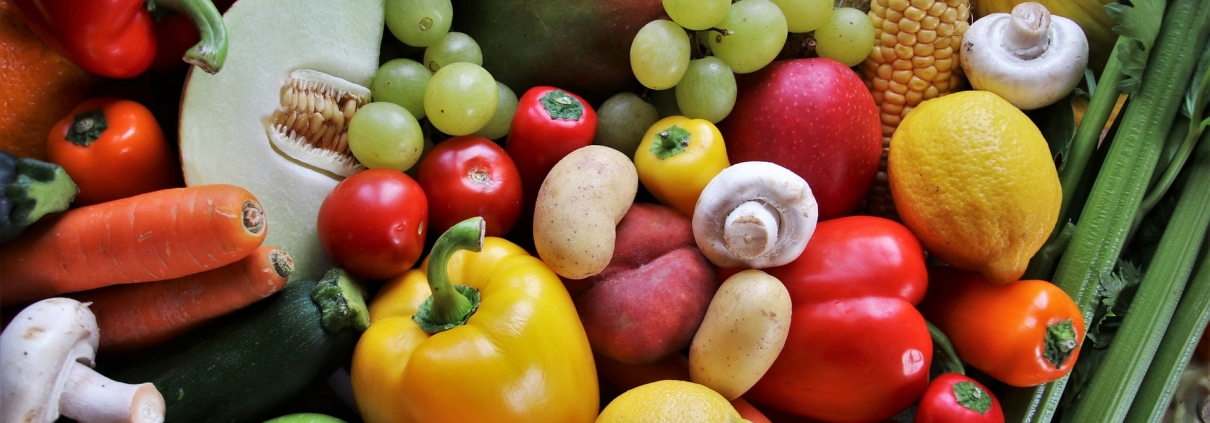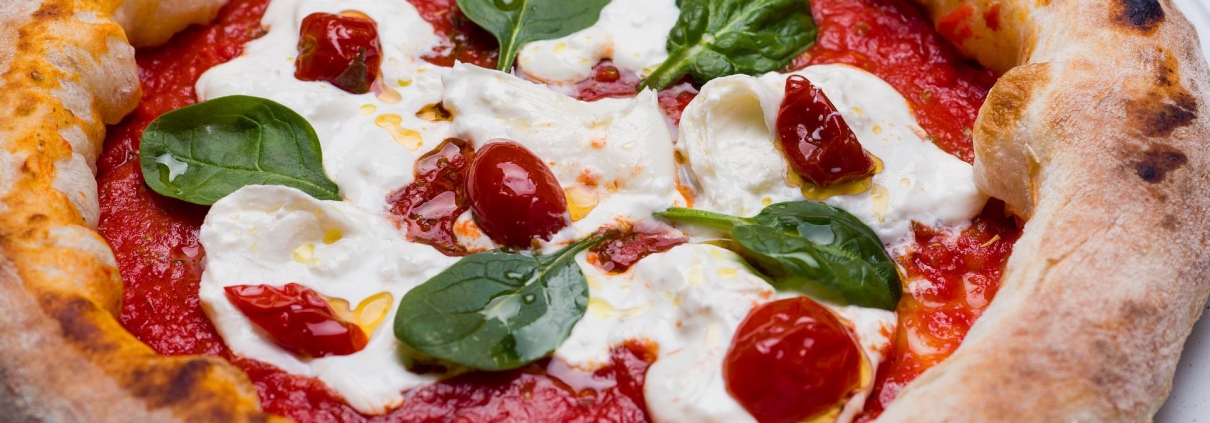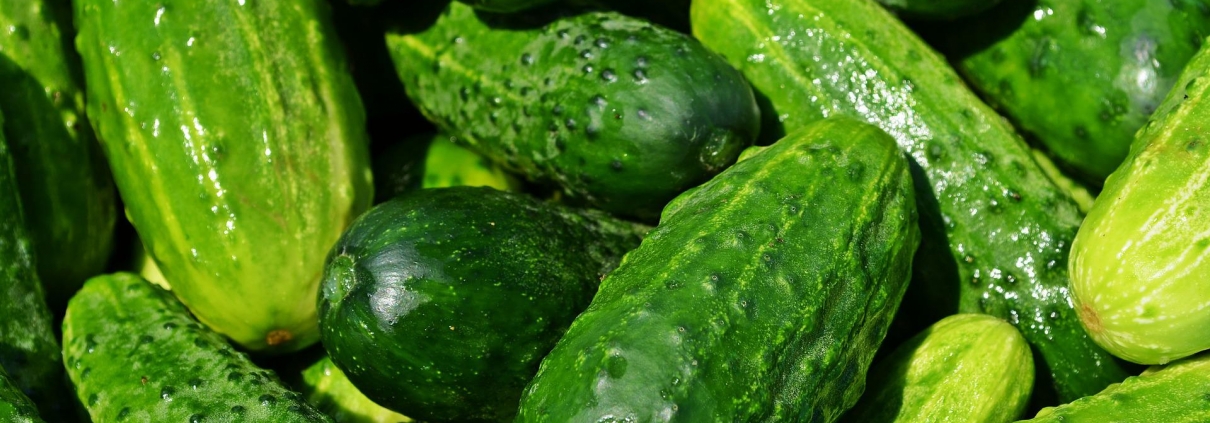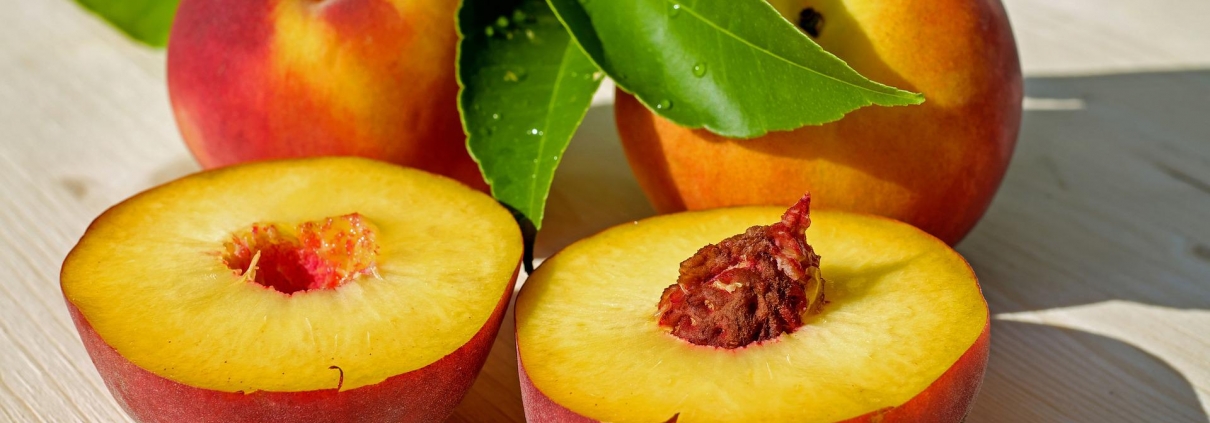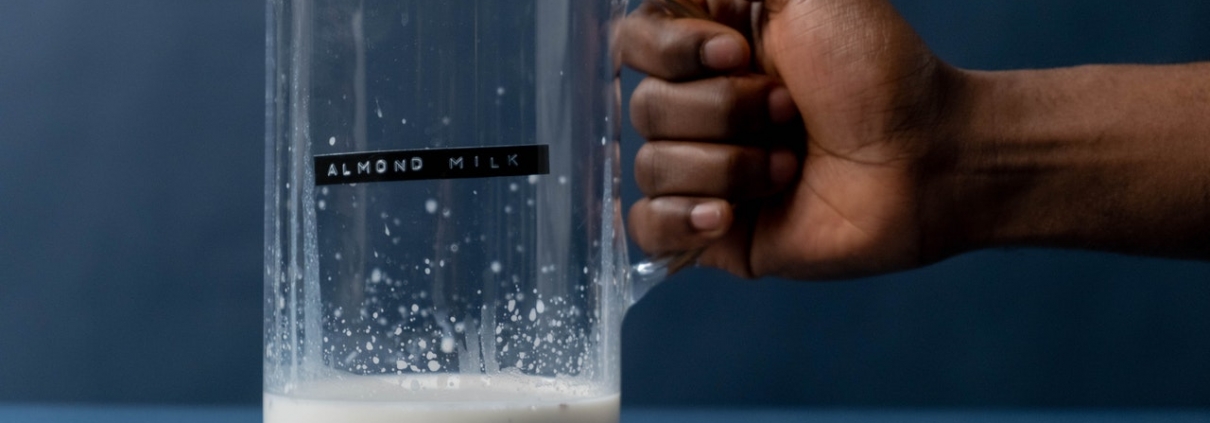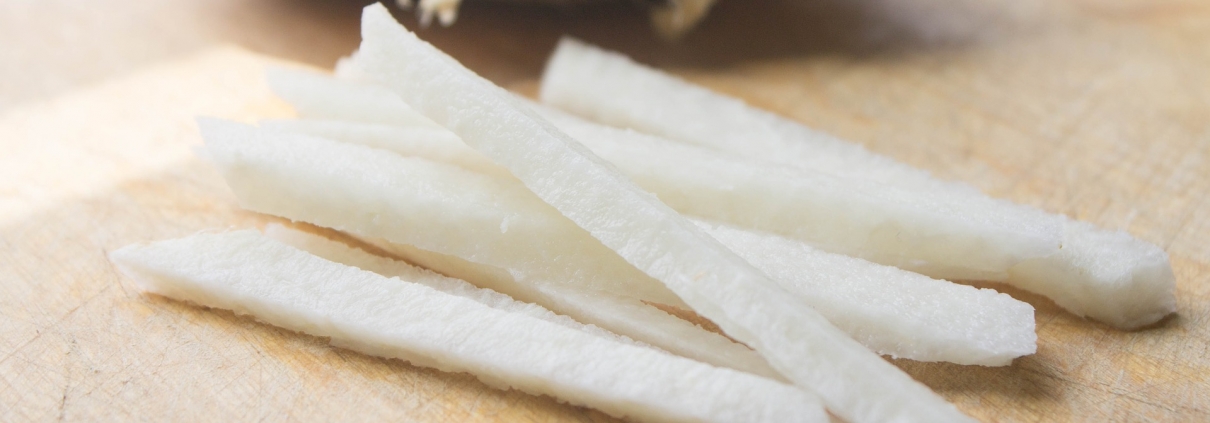Remember the old expression, “An apple a day keeps the doctor away.” There’s a lot of truth to this when you look at the health benefits of apples.
Benefits of Apples
According to the Cleveland Heart Clinic apples stabilize blood sugar, lower cholesterol levels, reduce blood pressure, and helps reduce inflammation. They are high in antioxidants, fiber (so they help you feel fuller longer), and water (therefore good for a hydrating snack). Read more

